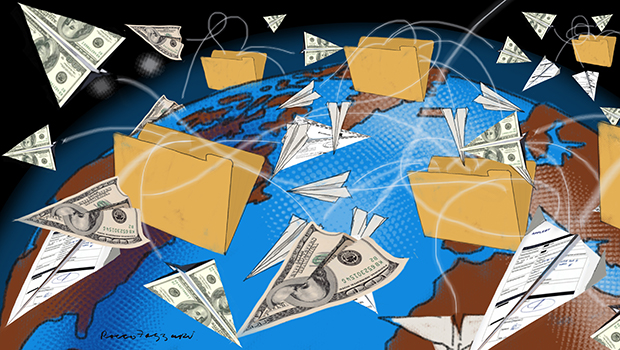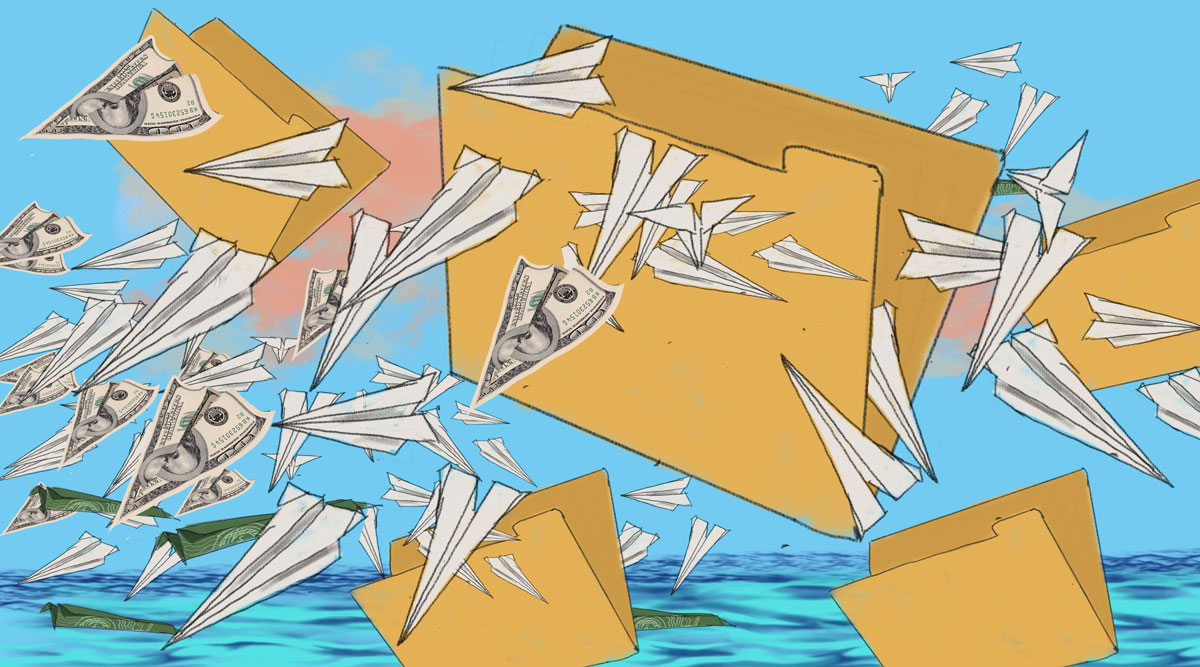This is the final of a three-part series on ways to search our Offshore Leaks Database that now includes more than 680,000 entities from 55 secrecy jurisdictions. The first installment was How to search the Offshore Leaks Database by location. The second looked at the networks and metadata in the database.
The Offshore Leaks Database is a starting point for investigating activities offshore. ICIJ has published data on more than 680,000 entities as well as 600,000 directors and shareholders. More data will be added in the coming weeks. (Sign-up to make sure you’re the first to know!) Yet, in order to to investigate comprehensively you might need to do research outside the database.
ICIJ partners often run matches on the data in order to find interesting leads. For example, crossing a list of EU current and former commissioners with the Bahamas Leaks data led us to the undisclosed Bahamian company of the EU’s former commissioner for competition policy, Neelie Kroes.

1. Download and reference the data
One way to search further is to download the data from the database, then cross reference it with other lists such as the Forbes 500 list or a list of elected officials, using tools such Open Refine or Excel’s Fuzzy Lookup add-on (available only for the Microsoft version of Excel).
This will show you which names appear in both the list you selected and the Offshore Leaks Database. Those tools also compare series of characters to find names that are similar but not exactly the same. It would identify as similar “John Doe,” “John R. Doe” and “Doe, John” for example, a handy feature given names can sometimes be written differently or be misspelled.
2. Check for false positives
There could, of course, lead to false positives, meaning an individual or company with the same name but that is not, after verification, the same company or person. The more common the name – Maria Rivera for example – the more likely it is that the director or shareholder you have spotted is not the person you were looking for.
In order to check those results you can go back to the Offshore Leaks database and search for that name. That way, you will find other companies that person is connected to and also expand the nodes connected to those companies by double clicking on them.

Are the other shareholders and directors family members? Can we link them to the person we are searching for using external sources such as news articles or corporate websites?
3. Get more information from company registries
You might also want to use company registries to buy information. The Aruba, Bahamas or Malta registries for example allow you to download basic documentation on companies such as incorporation forms or notices from the registries for a fee. Those documents might give you information that is not available in the Offshore Leaks database, which only makes structured data available.
Happy searching! As always, don’t forget to tell us what you find in the data.
And don’t forget, ICIJ believes this data should be publicly-available, and we need your support to keep it that way.
Make a donation and help us keep it free, online and accessible.

